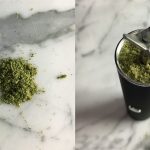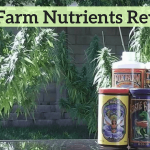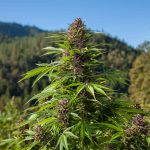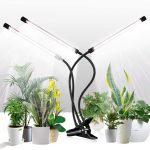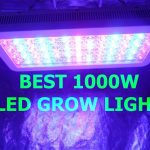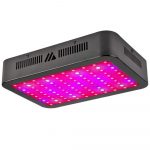Temperature is an aspect that can make or break any cannabis grower. Just like most plants, you have to make sure that your growing environment is neither too hot nor too cold. It may be hard to control the temperatures if you are planting your marijuana outdoors. However, an indoor environment is much favorable and more comfortable to monitor. There is an ideal climate, that is, temperature, level of humidity, and amount of carbon dioxide that best suits the growth of cannabis. If you want to get the best results from your marijuana farm, you need to ensure that the temperature in your grow room range between 65 to 85 degrees Fahrenheit. The relative humidity should range between 45% and 85% together with a carbon dioxide level of 1000 ppm to 1200 ppm.
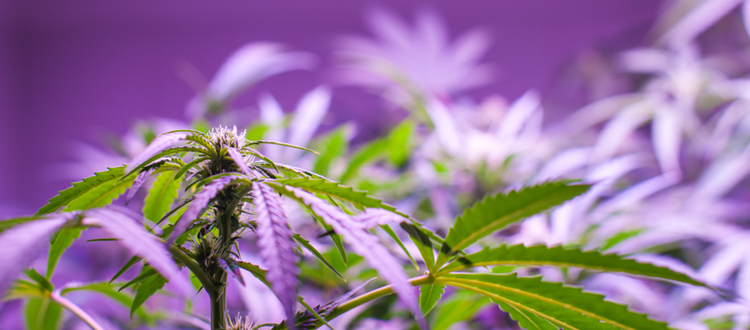
There are numerous conditions, both indoor and outdoor, that may affect the temperature levels in your grow room. During the summer, the temperatures in your grow room may skyrocket exponentially. The winter season as well can make it harder to provide the right amount of heat for your plants to thrive. Outdoor temperatures can also lead to a drop in the internal temperatures within a short period. These changes in temperature can affect how your cannabis plants respond to nutrients, the amount of moisture in the grow room, and to specific points, the viability of your plants. Therefore, you need to always be in control of the temperature in your grow room. But how do you do so? Before knowing how to control the level heat in your grow room, it is essential first to understand what happens when the heat levels in your growing environment are low and high.
What are the effects of high temperatures in a grow tent?
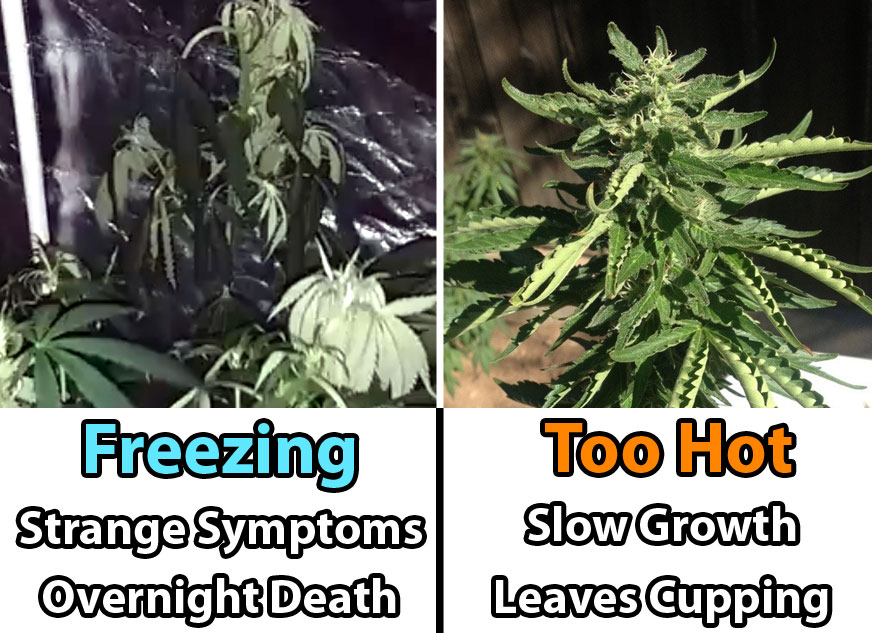
It is quite simple to tell if plants are overheating. You will notice signs such as leaves and stems curling with some burnt patches. One major problem facing plants that are exposed to too much heat is stunted growth. The time it takes your plants to grow increases. If the heat level is high during the vegetative stage, then, your plants may develop longer than regular stems. When the temperatures exceed 75 degrees during the flowering stage, the potency, taste, and smell of your cannabis will be affected for good. If the heat is due to the grow light in use, the buds will get bleached and stressed out since they are closest to the source of light. The leaves of your plants may start to discolor and curl. The effects of heat will be more predominant on the plants that do not receive enough water. Due to an increase in water transpiration, marijuana may experience a nutrient burn. High heat may increase the levels of humidity in the grow room, thereby leading to the development of mildew.
What are the effects of low temperature in a grow tent?
When the temperature in a grow room drops below 55 – 60 degrees Fahrenheit, the growth of your marijuana will slow down, and the plants may eventually die. If the temperatures drop during the flowering stage, your overall harvest will be in jeopardy. If you have an outdoor farm, your marijuana plants can adapt to night temperature that is as low as 50 degrees Fahrenheit. The effects on the plants due to the low temperature will not be long term. However, you still need to be aware of the temperature around your plants. Any temperature decline below 40 degrees Fahrenheit is a danger to your plants.
What is the ideal temperature in a marijuana plant?
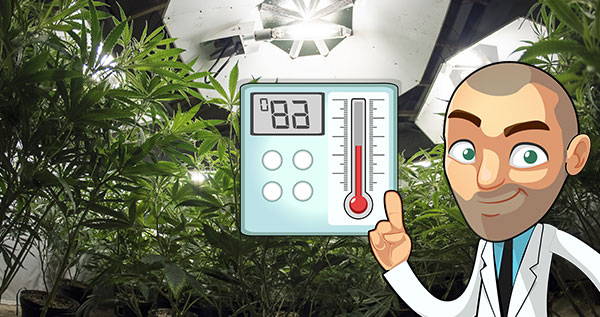
Every stage of growth in a marijuana plant has its ideal temperature. During the seed germination phase, marijuana seedlings and clones require a lot of humidity for them to get water since their roots are not yet developed. During this stage, it is best to use a humidity dome so that you can quickly get the right conditions for plant growth. During this stage, you should maintain your grow room temperature to between 68 – 77 degrees Fahrenheit to as well get the high levels of humidity. The plants can develop the roots with time. The vegetative phase requires a temperature ranging between 70 to 85 degrees while maintaining high humidity. At night, you should keep a low temperature, but not lower than 59 degrees Fahrenheit. However, the more the plant matures, the more it can withstand any change in temperature.
Once your plants get to the flowering stage, they can thrive very well under room temperature. You should ensure that the temperature does not exceed 82 degrees Fahrenheit. When you increase the temperature past 82 degrees, the terpenes will evaporate, reducing the potency of the marijuana. The buds will also experience stunted growth. Keep the temperatures lower than during the vegetative phase, especially during the 6th and 7th week. The production of terpenes is at its max during this period. If you expose the buds to a high temperature then, you risk evaporating them. Terpenes are the elements responsible for the smell and taste of cannabis. To get the best out of the terpenes production, ensure that the temperature alternate between a room temperature daytime and a more chill night time.
The last phase in the growth of cannabis involves harvesting. During harvesting, you have to dry and cure your marijuana. Once you ensure that you have the right temperature and humidity level, you can be sure to grow the best cannabis.
It is never easy to manage the ideal temperature for a grow room when you start working in a new environment. The restricted airflow in a grow tent especially can make the process even harder. Here is a simple guide that can help you maintain the right temperature through all the growing phases of marijuana.
Best Equipment About Climate Control For Grow Cannabis Indoor 06- 2025
Getting to know your lighting system
One of the biggest factors influencing your grow room temperature is the lighting system you are using. Every time you struggle with heat in your grow tent, the type of lighting system you use should be the first thing that you check. Depending on the lighting system you use, each one affects the room temperature uniquely.
High-pressure sodium and Metal Halides
High-pressure Sodium and Metal Halide are known to produce marijuana with the best yield, taste, and look. However, they generate a lot of heat. If you use metal/ sodium halide bulbs, you will need to know of different ways you can use to get rid of the temperature the bulbs emit.
[amazon bestseller=”hps grow lights” items=”3″]Ceramic metal halides
Ceramic Metal Halide bulbs are one of the best bulbs you can use. They give a light output that is 60 to 70 percent the amount of power they consume, thereby producing only a small amount of heat.
LED bulbs
LED grow lights bulbs are a favorite to cannabis farmers due to their ability to reduce the heat in the grow tent by 40 percent compare to an HID bulb that uses the same amount of power. In a grow room, you have to position an LED light slightly from the canopy of the plants to protect the plants from burning. LEDs are known to provide the most light for the least amount of energy.
[amazon bestseller=”led grow light” items=”3″]Fluorescent bulbs
Fluorescent bulbs are common to find since they are cheap and easy to use. The bulls are not huge emitters of heat. However, the temperature can accumulate if you use several bulbs together.
In what ways should you control the temperature levels in a grow room?
Adding CO2
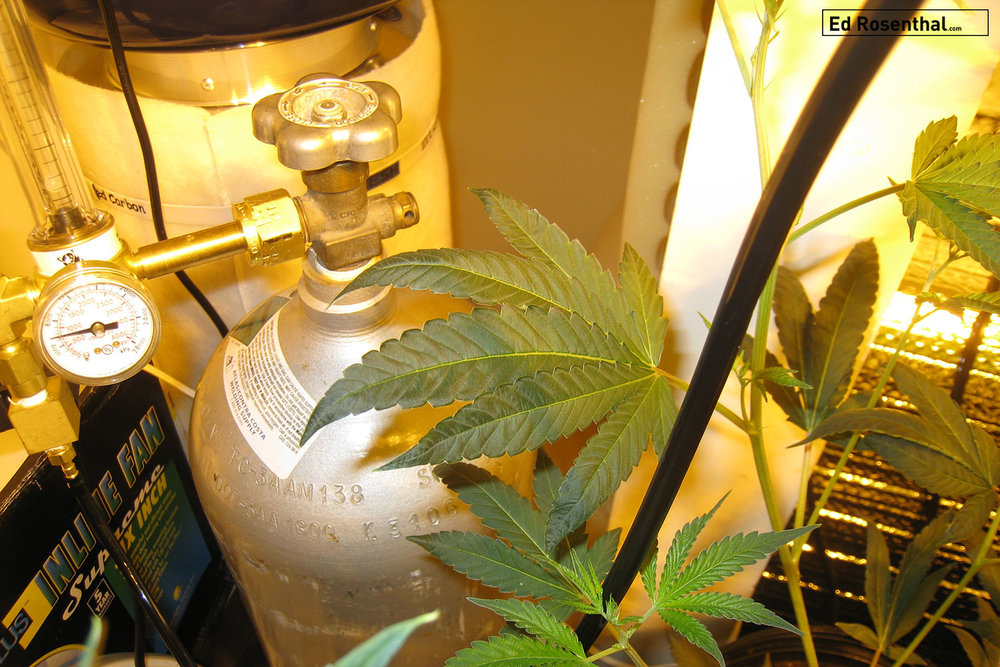
One of the ways you can manage the temperature in a grow room is by adding carbon dioxide to the air. When the air is full of CO2, plants can survive very high temperatures. However, you need an intense grow light that will make the plants grow faster hence increase their ability to stand the heat. Lights such as LEDs and HPS.
Using Fans in a grow tent
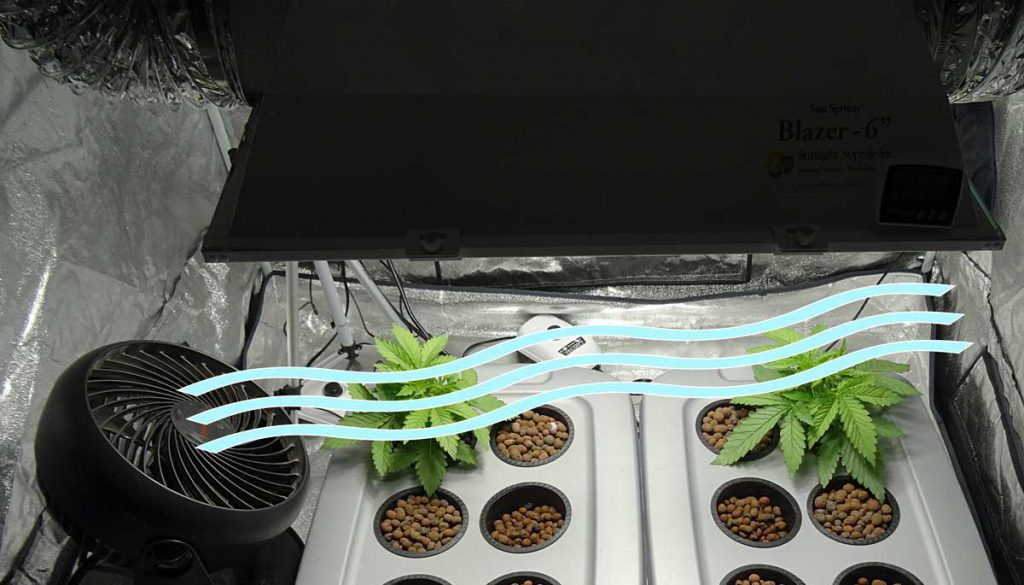
Fans alone do not get rid of the heat in a grow room. They, however, help improve the circulation of air by dispersing the heat the lamps emit and cooling down the plants. By adequately placing your fans around the grow room, you can use only a few fans to maintain the temperatures in an AC effectively.
Setting up an Exhaust Fan
You can set up an exhaust fan in your grow house in the ceiling vent to help reduce the amount of heat. Hot air moves upwards. By having the exhaust fan on the ceiling, it will suck out the warm air from the room and passively suck the cold air from the floor. It, therefore, helps in controlling airflow in your room with little effort.
[amazon bestseller=”Exhaust Fan” items=”3″]Changing the lighting schedule
During the vegetative phase, many growers tend to expose their plants to light for 24 hours so that they can hasten the growth. However, these actions result in exposing the plants to heat for long hours, which could lead to the plant damage. You can help reduce the temperature dramatically by setting several hours of no light to the plants.
Even with the urge to maximize light exposure to cannabis, too much of it does not guarantee the best growth results.
Using a Heat resistant strain
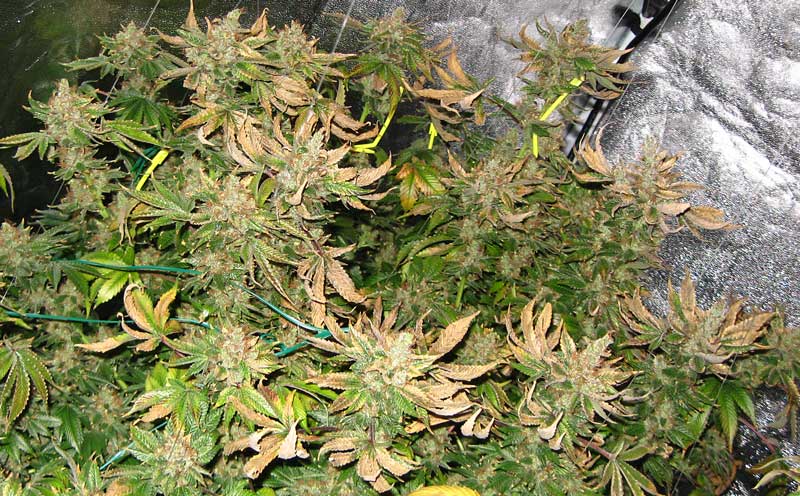
You can quite easily find some cannabis strains that are more tolerant of heat and can survive in a grow tent whose temperature is high. The strains are either Sativa or Haze. They are different from the Indica breed that originates from the cold regions. An example of such heat resistant strain is the Kaya Gold. It is a Sativa-dominant strain that is resistant to pests and east to grow. Choosing to use a heat resistant strain is the last resort you should take if you have not been able to control the temperatures of your grow tent.
Using Supplements against heat stress
Interestingly, several supplements can help your plants deal with heat stress by effectively reducing the negative impact of heat stress. No one supplement is the best at helping in heat resistance. They will all give you the same result. You should use these supplements if you have no other method left to use to clear the high heat in your grow tent.
Using Reservoir chillers
Just as important as it is to maintain the grow room temperature in a hydroponic setting, it is also of importance to maintain the temperature of the reservoir outside the grow tent. When the temperature in the reservoir is way above 70 degrees, dangerous algae may start developing. You should, therefore, get yourself a reservoir chiller.
[amazon bestseller=”Reservoir chillers ” items=”1″]Raising the Lights
Sometimes it takes just changing the position of your lighting in the grow room to make the difference of how heat affects your marijuana plants. If the light produces heat that burns the canopy of your marijuana plants, you can temporarily raise the bulb by 10 inches. You may as well opt to dim the lights.
Using the lights at night
Since the temperatures are always cooler in the evening more than during the day, you may set up your hot grow light at night hence creating a suitable environment for your marijuana plants to grow.
Using Silica supplement
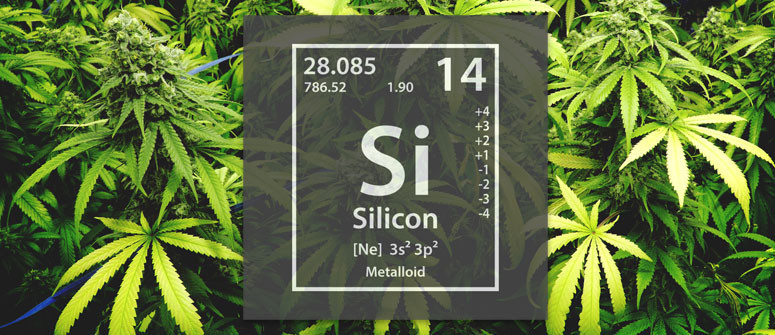
An extra dose of silica to your cannabis plants may do lots of good in making your plants heat and cold resistant. The silicate will provide you with the best results if your cannabis is already experiencing some stress. When the silica gets into the plants, it hardens the cell walls of the plants giving the plants resistance to some diseases, heat, and cold.
Summing up
Looking back at all the ways you can use to control the temperature in your grow room, one common factor that stands out is you need to have a working and effective ventilation system in your grow room. Without it, air will not flow freely; hence controlling temperature becomes a problem. It may eventually lead your cannabis plants to suffer. However, now that you are familiar with some of the different ways you can use to get rid of the excess heat in a grow room, It will become less challenging to handle the heat problem in your cannabis farm.
[amazon bestseller=”complete grow tent”]
